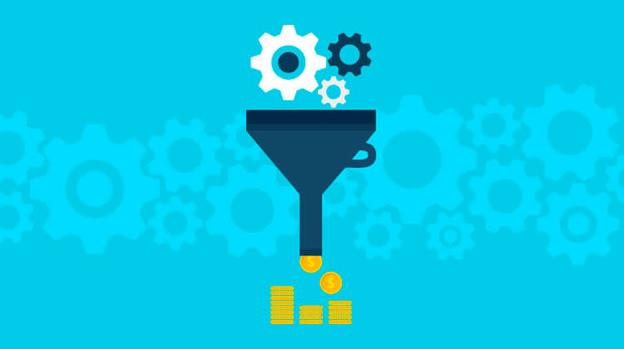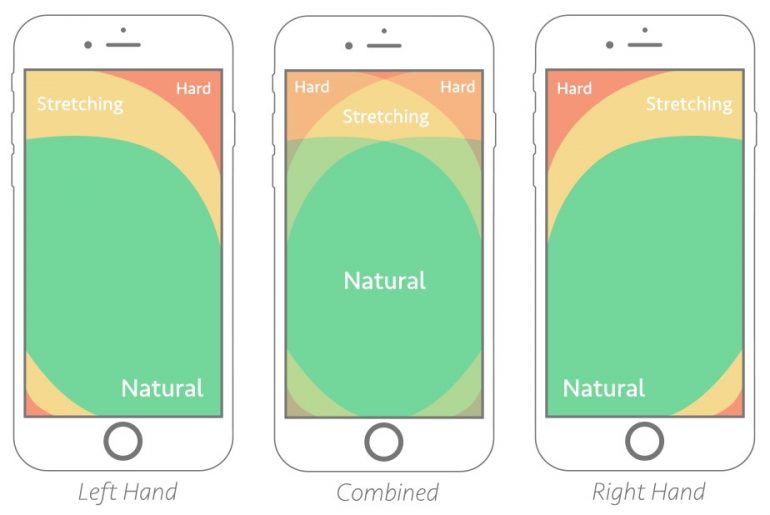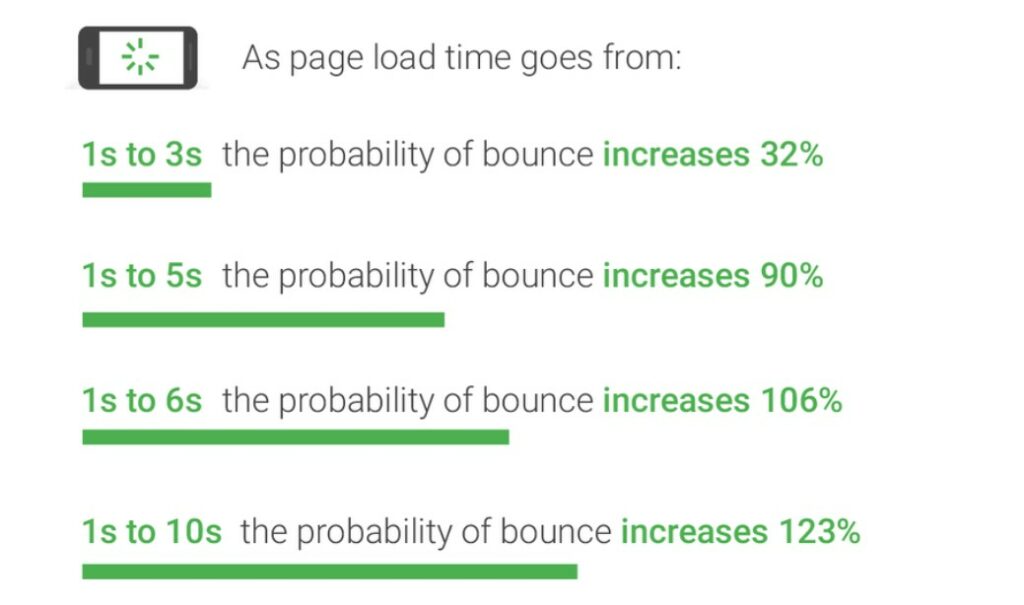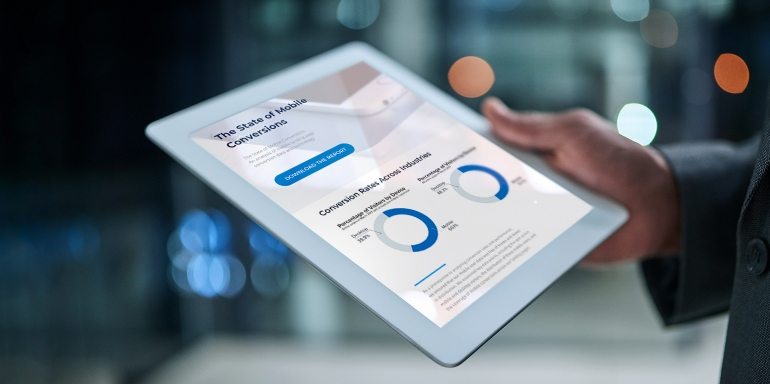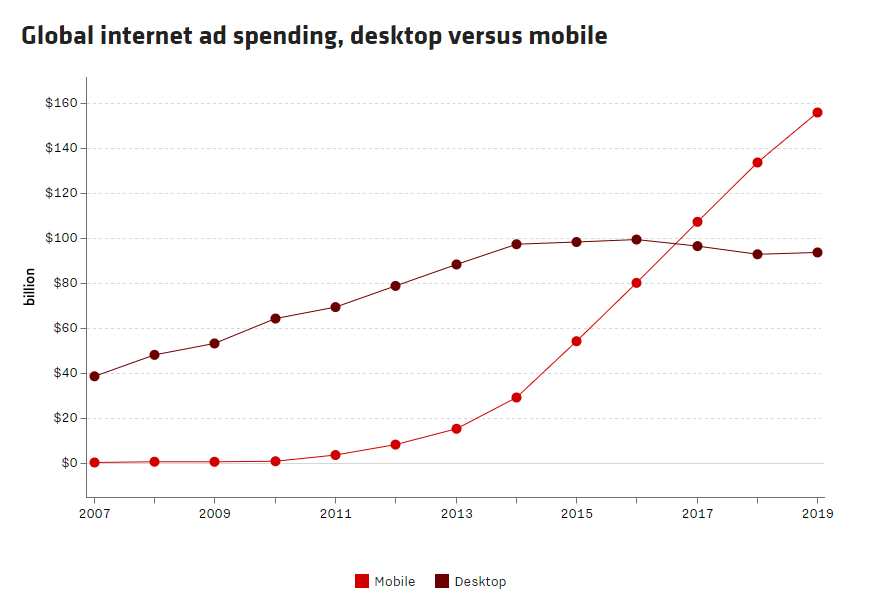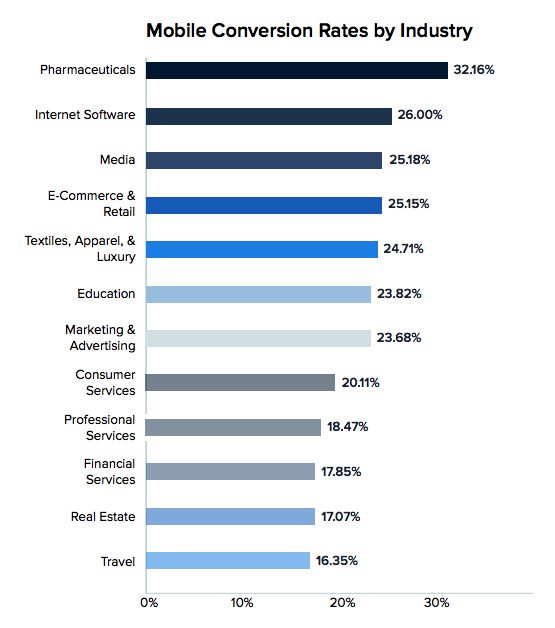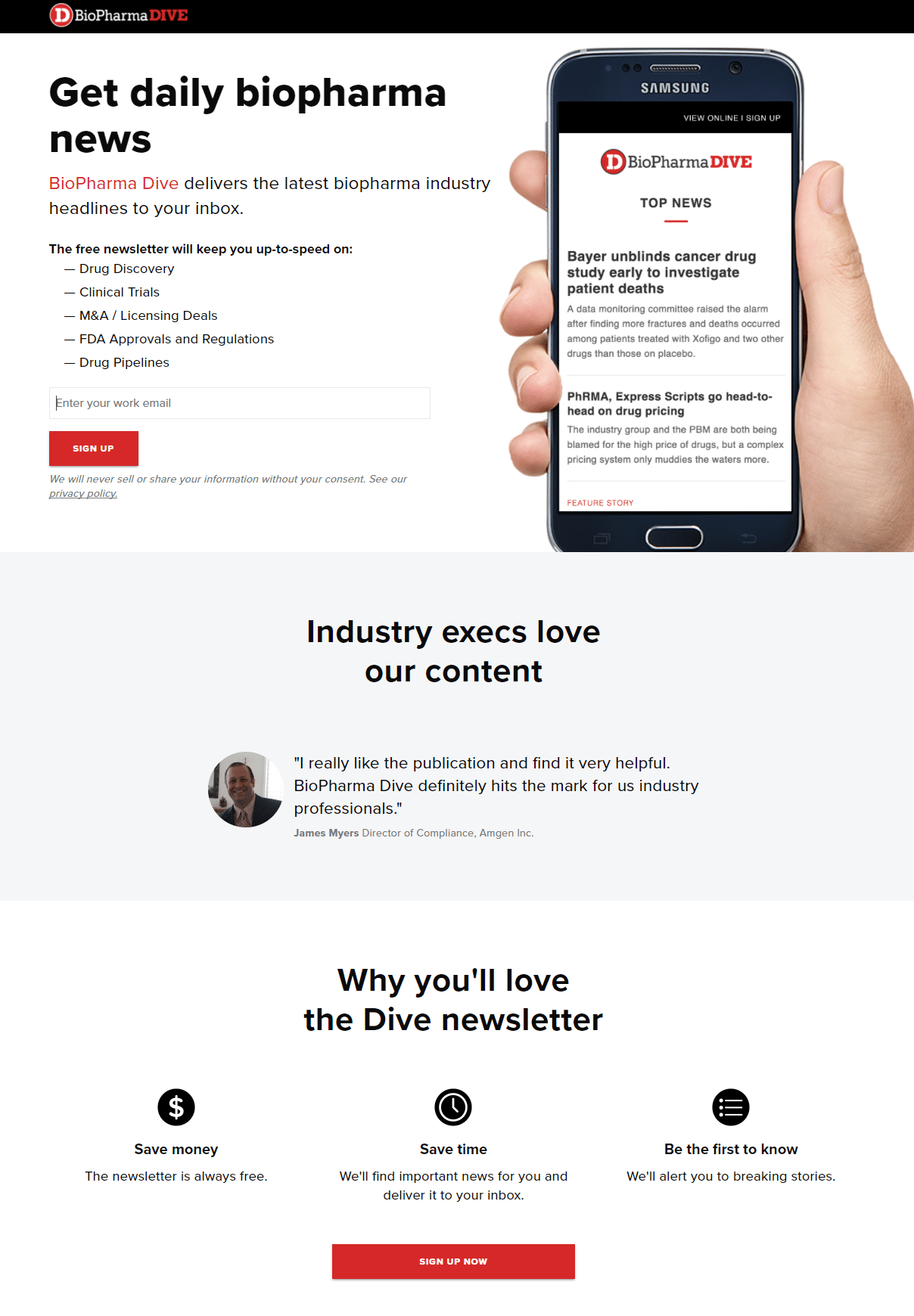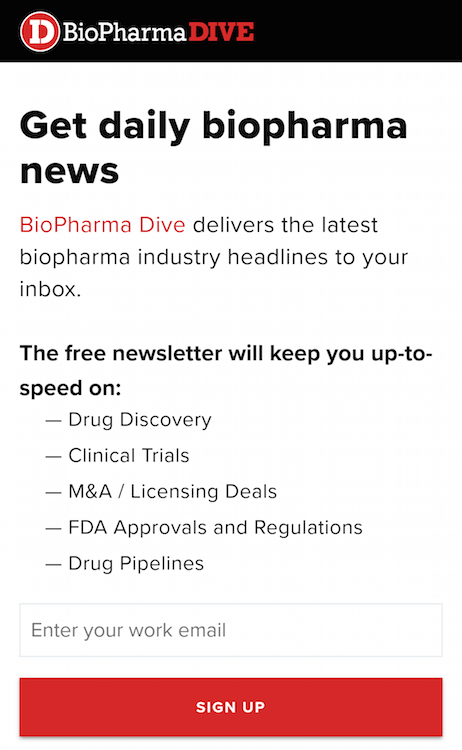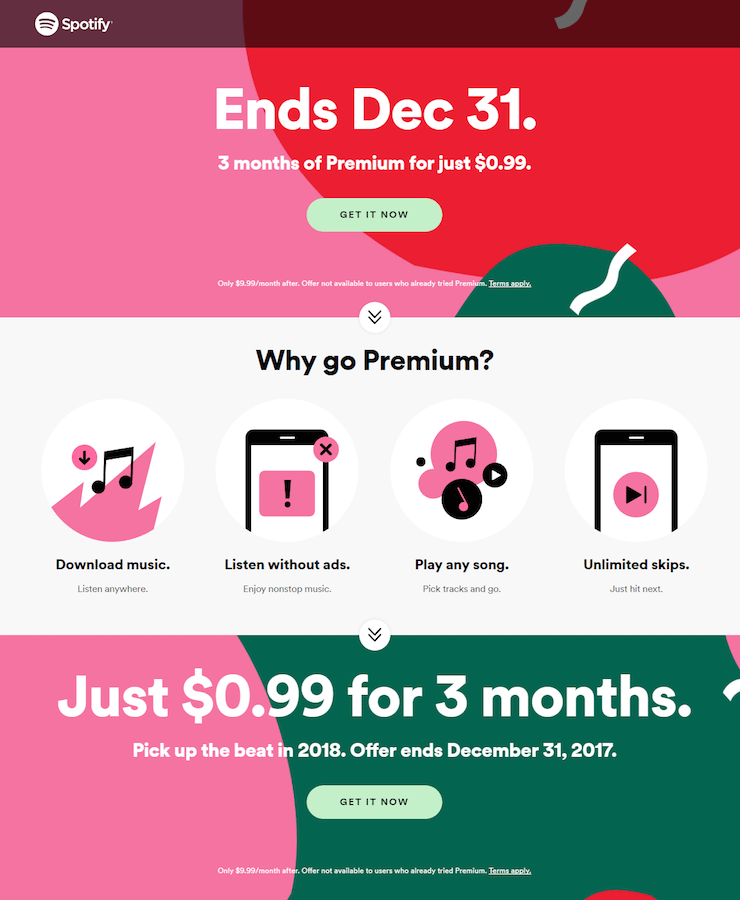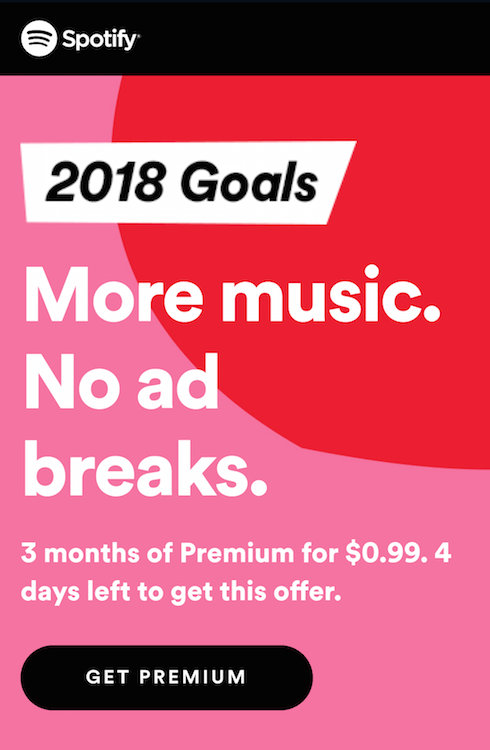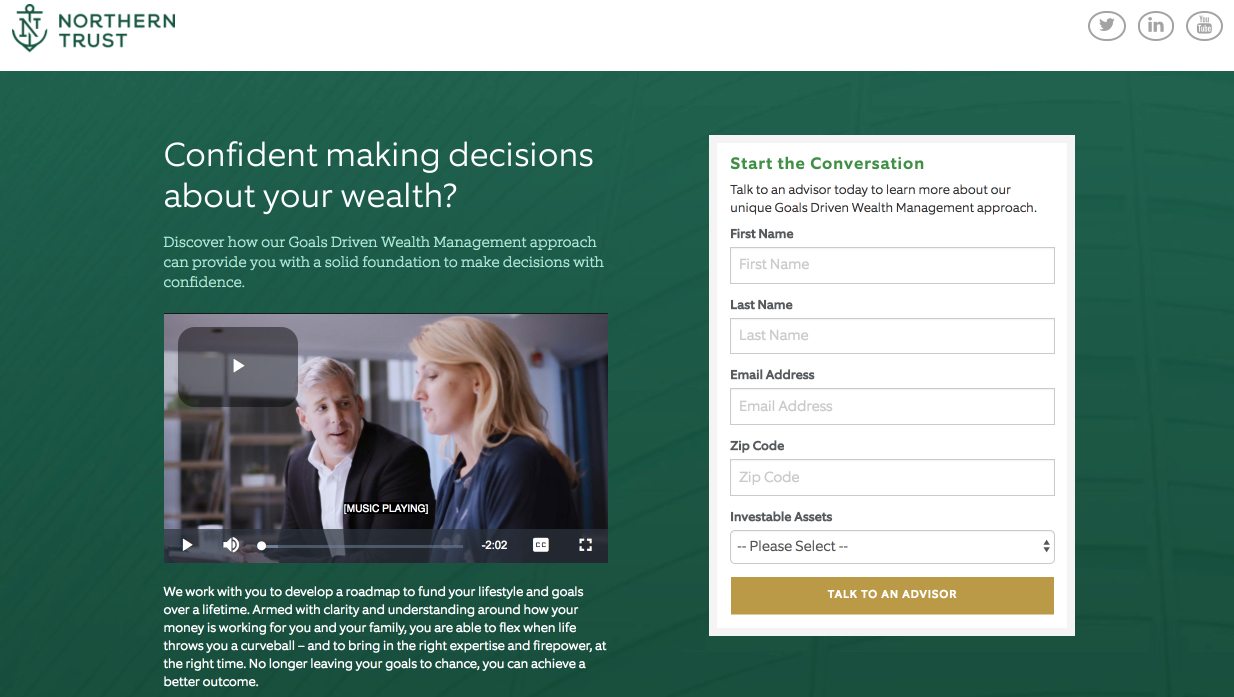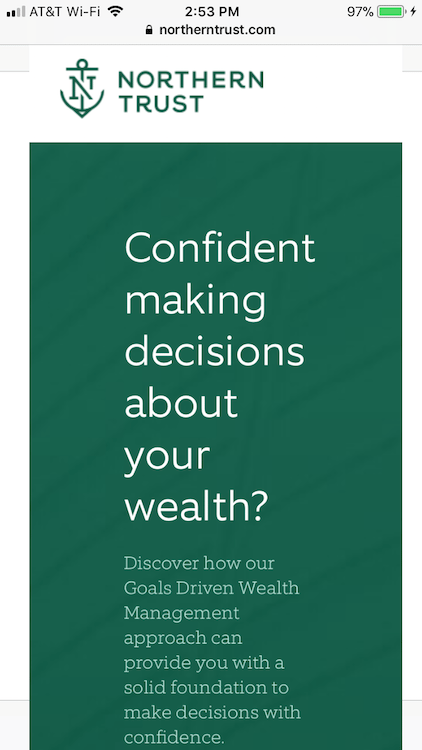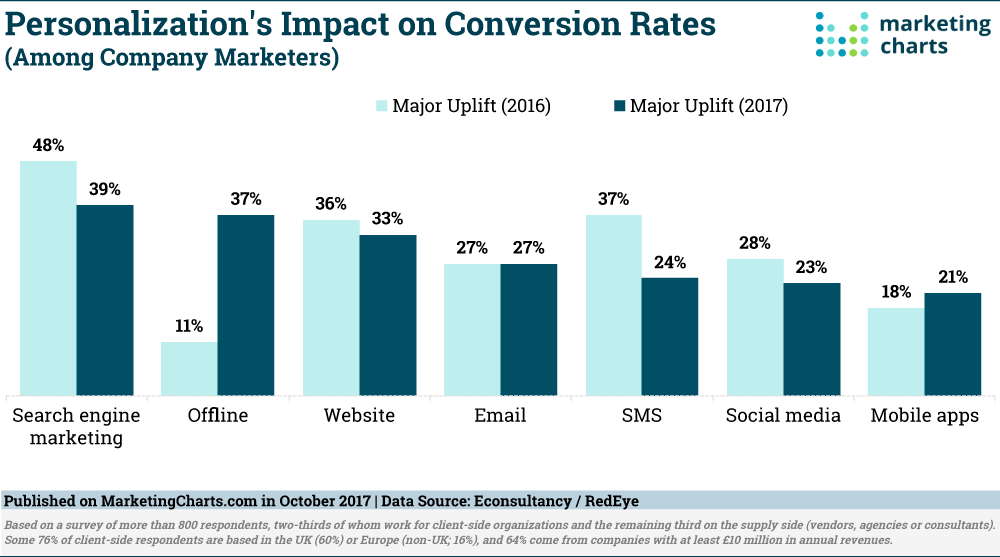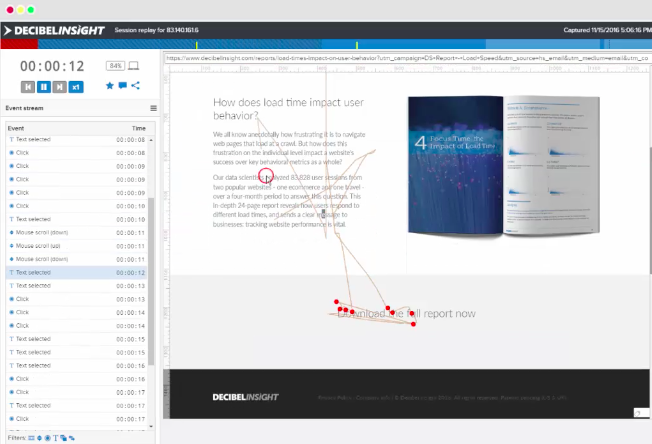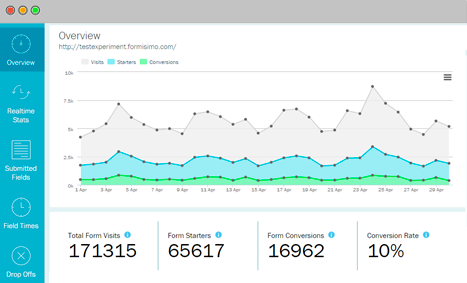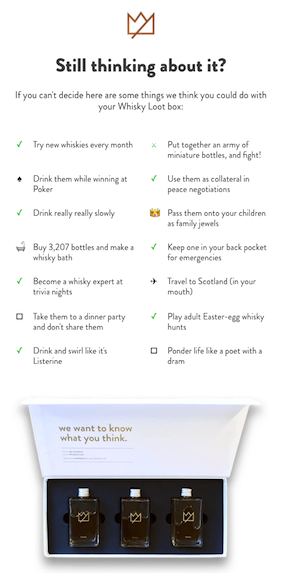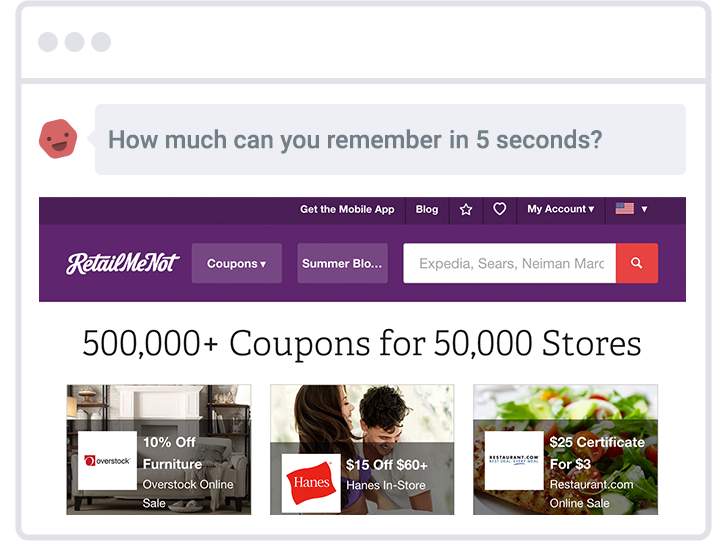Strategies for Achieving Higher Conversions and Better ROI
No matter how you plan your email marketing strategy, the goal is always the same– driving results.
The only way to know the effectiveness of your strategy is by measuring your conversion rates. They are paramount for achieving the results you want while nurturing a strong community.
Driving sales and revenue are the insights that impact the bottom line of your marketing strategy. They tell you if you are making an impact on your audience and inspiring action.
If you want to understand how to master conversion rates and optimize them to your needs, here are some of the best practices and real case studies that will help you stay on top of the game.
Table of Contents
- Introduction to Email Marketing Conversion Rates
- Understanding Average Email Marketing Conversion Rates
- Key Metrics for Evaluating Email Marketing Conversion Rates
- How To Determine Conversion Rates in Email Marketing
- Strategies for Improving Conversion Rates in Email Marketing
- Real-World Examples of High-Converting Emails
- Tracking and Analysing Email Marketing Conversion Rates
- Best Practices for Achieving Higher Conversion Rates in Email Marketing
Introduction to Email Marketing Conversion Rates
Email marketing conversion rates are the direct indicator of your influence on your audience.
They help you understand the percentage of your audience engaging with your content and ultimately being driven to take action — whether that is making a purchase, downloading a PDF, or using a discount code.
Once you optimize this element, you can gauge your campaigns effectively and achieve your desired results.
For example, you can track the number of clicks, impressions, and conversions generated by your campaigns. You can also track the cost per click (CPC), cost per impression (CPM), and return on investment (ROI) of your campaigns.
What Are Email Marketing Conversion Rates?
Say you’re running an email campaign to showcase your new digital product. The conversion rate will show you the percentage of people who not only clicked on that product link in your email but also went ahead and bought it.
A high conversion rate signals that your content resonates with your audience, your Call-to-Action (CTA) is driving results, and your campaign is casting spells of success left and right!
Importance of Tracking and Analysing Conversion Rates in Email Marketing

Tracking and analysing conversion rates in email marketing form the bedrock of success.
Here are five reasons why these are not mere numbers but indispensable metrics that hold the power to optimize your marketing strategy:
Performance Evaluation: At the heart of every email campaign is the desire to see results. By understanding which aspects of your emails contribute to higher conversion rates, you can optimize your content, design, calls-to-action, and targeting to improve your campaign’s performance.
Optimization Opportunities: When you analyse your conversion rates you can identify pain points and areas for optimization. Constant iteration is the key to growth and your conversation rates will point to the aspects where you are lagging.
Return on Investment (ROI): The effort and time you invest in your marketing campaigns should translate into a measurable ROI. This is the metric that tells you how effective your work has been.
Segment and Target: Personalization is the key to winning people. Analyse different segments of your email list to understand specific audience preferences. In doing this, your campaigns will resonate with your audience on a personal level and induce higher conversion rates.
Test and Iterate: By conducting A/B tests and experimenting with your subject lines, CTAs, or content, you can pinpoint what resonates best with your audience. Constant iteration and testing allows you to produce highly refined content and enhance campaign performance.
Understanding Average Email Marketing Conversion Rates
Average email marketing conversion rates provide insights into building successful email campaigns. By analysing these rates, businesses can optimize their strategies and achieve better results.
These are the benchmark metrics that reveal the average conversion rates across different niches. This empowers you to fine-tune your strategies, optimize your content, and achieve better results in engaging and persuading your audience.
Factors That Influence Average Conversion Rates
From Sender Reputation to your landing page, many factors dictate your conversion rate. Here are some of the five factors that you can work on starting today:
Call-to-Action (CTA): A clear and compelling CTA can work wonders. This is what inspires people to take action. Example – Sunlighter’s CTA for referrals.

Email Design and Layout: First impressions matter, and your email design can make or break it. Your email layout will enhance your subscribers’ experience and boost interaction. Example – Milk Road’s UI

Personalization and Segmentation: Generic emails are a thing of the past. Successful marketing is not about selling products– it’s about seeing and understanding people and embracing their needs.
That’s why personalized emails that address people by their names will garner a stronger community.
Timing and Frequency: The right timing can make all the difference. Avoid overwhelming your subscribers with excessive emails to yield better results. This is where you can set a schedule for yourself. Example – “5-Bullet Friday” by Tim Ferriss is a weekly email newsletter where he shares five handpicked recommendations related to tools, books, articles, gadgets, and more that he’s found valuable.
Why Trust me: I earned my audience’s trust by regularly sharing a video series called Half Baked on Instagram every Saturday, which received 27,683 views back in 2020. The audience became familiar with the content and eagerly awaited its release at 8 PM each Saturday.
Reputation and Trustworthiness: Trust is the currency of email marketing. Being transparent with your content and thoughts will make you more relatable to your audience and build a sense of trust. Example- Home screen’s home page.

Conversion Rate Optimization (CRO) Techniques
Conversion rate optimization (CRO) is the process of improving the conversion rates of your email campaigns. The goal is to make an impact on people and build trust. Building credibility takes a long time, but when done right, it has a high ROI.
Five effective CRO techniques to enhance your email marketing conversion rates:

A/B Testing: Experiment with elements like subject lines, CTA buttons, layout, and images to test what your audience loves the most about your emails. Test-iterate-repeat.
Clear and Compelling CTAs: Your CTA will guide the subscribers to take action. It has to be concise and persuasive which builds transparency.
Example – “I’d love to hear from you. What are you building right now and what are you struggling with? Reply to this email, I’d love to know!”
Mobile Optimization: Most people check their emails on their phones. Mobile-responsive emails will cater to their needs. With beehiiv, you can design your emails for PC and mobile with the same ease.
Landing Page Optimization: Create relevant and optimized landing pages that align with the email content and make it easy for the readers to say “yes”.
Use of Visuals: Incorporate relevant images and videos to make the email content more engaging and impactful. A balance of text and visuals is necessary.
Benchmarks and Industry Standards for Average Conversion Rates
Industries with direct sales and immediate purchase opportunities, such as e-commerce and retail, boast higher average conversion rates. Customers in these sectors often make a purchase, leading to quicker actions and higher conversions.
While industries focusing on lead generation may experience lower conversion rates. The desired action in these cases involves a more extensive decision-making process, resulting in a longer sales funnel.
Take a look at the average conversion rates we noticed at beehiiv in 2023:

Key Metrics for Evaluating Email Marketing Conversion Rates
Thankfully, tracking the performance of email marketing is fairly straightforward. The majority of email marketing services come equipped with built-in analytics tools that enable you to monitor and comprehend the effectiveness of your email campaigns.
By measuring key metrics like open rates, click-through rates, and conversion rates, you gain valuable insights into what is effective, and what is not, and, most crucially, how to refine your future emails for better results.
Click-Through Rates (CTR) And Its Relationship to Conversion Rates

Click-through rate (CTR) is calculated by dividing the number of unique clicks by the number of delivered emails and multiplying it by 100.
It is closely related to conversion rates because it signifies the initial interest and interaction of your subscribers with the email campaign. A higher CTR indicates that more readers found the email content compelling and took the next step by clicking on the CTA or link.
This active engagement is a crucial precursor to achieving conversions.
Open Rates and Their Impact on Conversion Rates
Open rates measure the percentage of subscribers who opened an email compared to the total number of delivered emails. Open rates are influenced by:
- Subject lines
- Sender name
- Preview text
While open rates indicate that the email caught the recipient’s attention enough to open it, they do not directly correlate with conversions. Some subscribers might open an email out of curiosity or interest but not proceed with the desired action. When the open rate is combined with KPIs like CTR, you can gain a comprehensive understanding of email campaign performance.
The relationship between open rates and conversion rates lies in the recipient’s initial interest and engagement. A well-crafted subject line and compelling email content can entice recipients to open the email and explore further. Subsequently, the content’s relevancy and the effectiveness of the CTA play a crucial role in driving recipients toward taking the desired action and achieving conversions.
How To Determine Conversion Rates in Email Marketing
With email platforms like beehiiv, you don’t need to calculate your campaign conversion rates as you can easily get the analytics report which shows you the performance, sources, etc.
beehiiv’s analytics go beyond simple numbers. You can dig deeper into the sources of your conversions, understanding which emails or segments are driving the most significant results. This empowers you to optimize your content and targeting, tailoring your campaigns for maximum impact.
Calculation Formula for Conversion Rates
Conversion rate is the percentage of subscribers who either complete the desired action or become customers, depending on your conversion goal.

Conversion Rate (%) = x number of signups or purchases / x number of Delivered Emails X 100
To calculate the conversion rate, follow these steps:
Track and count the number of recipients who completed the desired action (e.g., signed up, made a purchase) as a result of the email campaign. This number will be the numerator in the formula.
Calculate the total number of delivered emails. This includes emails that were not bounced or marked as spam. This number will be the denominator in the formula.
For example, if an email campaign resulted in 200 signups and there were 10,000 delivered emails, the conversion rate would be:
Conversion Rate (%) = (200 / 10,000) * 100 = 2%
This means that the email campaign achieved a 2% conversion rate, with 2% of recipients completing the desired action of signing up.
Tracking Conversions and Attributing Them To Specific Email Campaigns
Tracking conversions is a crucial aspect of email marketing to measure the effectiveness of campaigns and understand audience behaviour. To track conversions and attribute them to specific email campaigns, you can use specialized tools and techniques:
Unique URLs or UTM Parameters: Create unique URLs or add UTM parameters to the links in your email campaigns. These parameters help identify the source of traffic and track conversions from specific emails.
Conversion Tracking Pixels: Use tracking pixels or codes placed on the conversion page (e.g., thank you page after signing up). When your potential subscribers reach this page after clicking the CTA, the pixel fires and the conversion is recorded.
ESP: Your ESP will help you with insights and analytics by giving you an in-depth look into the actions taken by people on your email. Using a good emailing platform can not only affect your conversion rates but also your deliverability– so that you don’t end up in your subscribers’ spam folders!
Tools and Software for Measuring Conversion Rates
As the times have changed, you don’t have to worry about manually tracking your open rates or checking your web views. There are so many tools out there that can help you measure your conversion rates without any hassle, but these two are the best:
Google Analytics: Not only is google analytics free, but is also the top tool that people use to get detailed insights on their campaign performances.
beehiiv: Your emailing and analytical partner. With beehiiv you can track your performance, automate your campaigns and get 3D analytics that help you level up your marketing strategy.

Strategies for Improving Conversion Rates in Email Marketing
There are many ways to improve your email marketing strategy and some of them can be as simple as making changes to the way you write your subject lines. These strategies work because they are grounded in understanding and catering to the needs of your audience.
Your subject lines and CTAs are the connections you build with your readers at first glance.
Crafting Compelling Subject Lines and Email Content
The first step in building your email list is getting people to subscribe to your newsletter. The next step in that ladder is them opening your emails. Your subject line is what they see first to help them determine whether the email is worth their time and interest.
They are the gateway to engagement. Approximately 47% of users open emails based on the subject line. Craft compelling subject lines that pique curiosity and drive recipients to open your email. This will increase your email open rates.
To Create Subject Lines That Truly Stand Out, Consider the Following Tips:
Be clear and concise: Keep your subject lines concise and to the point. Avoid being vague or misleading, as your subscribers might feel deceived and mark your emails as spam.

Personalization: The psychology behind mentioning someone’s name in an email is rooted in a cognitive bias known as the “name-personalization effect.” This effect is a result of the brain’s automatic attention to self-relevant information, which is part of our natural social cognition.
Create a sense of urgency: Incorporate words that create a sense of urgency or exclusivity to encourage immediate action. The best example of this is “limited-time deal” offers that brands push forward during their sales.
Pique curiosity: Spark curiosity by using intriguing questions or teasing snippets of valuable content. When you give people a sneak peek into your content, it channels them to open your email and get the details.

Emphasize benefits: Highlight the benefits or value of opening the email. Ask yourself– “What value are my readers going to get after reading my mail?” and tell them about the same.

A/B testing and Optimization
A/B testing is a technique that allows you to experiment with different variations of your emails and subject lines to determine which performs best.
By splitting your email list into two groups and sending different versions of your subject lines or email content to each, you can assess which version yields higher engagement and conversion rates.
Here’s how to conduct effective A/B testing:
Choose one variable: Focus on testing one element at a time to accurately measure its impact. For example, test different subject lines while keeping the email content the same.
Segment your list: Divide your email list into two equal segments randomly.
Test and analyse: Send version A to one segment and version B to the other. Monitor the results and analyse the performance of each variant.
Implement the best-performing version: Based on the results, choose the winning version and implement it in your future campaigns.
Utilizing Persuasive Copywriting Techniques
Compelling email content is the driving force behind conversions. Persuasive copywriting techniques help influence recipients’ decisions and prompt them to take the desired action.
Here are some persuasive copywriting tips for email content:
Know your audience: Understand your target audience’s pain points, desires, and motivations. Tailor your content to resonate with their needs.

Address benefits not features: Communicate how your product or service benefits your audience and solves their problems. The more niche it is, the better. Example – A newsletter for Product Managers– you don’t have to have 100k subscribers, even 10k people can build a strong community.
Use storytelling: Weave engaging stories that connect emotionally with readers and make your message memorable. It could be real-life incidents or pop-culture inspired.
Write action-oriented CTAs: Use strong and clear calls-to-action that encourage your subscribers to act immediately.
Use power words: Incorporate powerful words that evoke emotions and captivate attention. Keep editing your email copy until you feel satisfied. When you feel like you’re done, go through your copy as a reader to get a different perspective.
Real-World Examples of High-Converting Emails
From big businesses like Airbnb and Uber to creators, high converting emails are not that difficult to figure out, all that it takes is an understanding of consumer psychology.
Here’s a breakdown of one of the best emails by Michael Houck:
- Talking about the Top 1% (who doesn’t want to be there?) and sharing his key learnings from people like Ben Horowitz and Matt Mochary.
- Mentioning the new things he has been working on, which keeps his subscribers eager to know more.
- Giving social proof. “Promote your startup to 14000+ founders”
- Reading time – 5 mins. He’s not asking for a lot of commitment from me, it is an easy ask.

Here’s how Superhuman AI did the same!
- Subscriber count doesn’t always determine success. In specific niches, like a private equity newsletter with 2,000 senior manager readers, the value of the audience matters more. Even with a smaller subscriber base, sponsors may pay generously for ads as a result of the highly targeted audience.
- Mastering writing is akin to exercising—results don’t come overnight. Quantity leads to quality and consistent action is key. It wasn’t easy at the start, but it is all about putting in more reps. Success comes from learning through continuous practice and experimentation.
Read more about how Zain grew his newsletter to 135,000 Readers in 3 Months on beehiiv

Tracking and Analysing Email Marketing Conversion Rates
Your first campaign might not give you the best results and that’s a part of the process. You need to write what people want to read. Having an audience-first approach is what always works.
The more you experiment, the better understanding you will get out of your audience’s expectations. When you realize what works, double down on that!
You can start by trying out different content types, themes, or storytelling approaches that consistently capture your audience’s attention. Continuously adapting and optimizing based on your learnings leads to a stronger alignment between your email content and your audience’s desires.
Regularly analyse these performance metrics and make data-driven improvements to your email campaigns:
Click-Through Rate (CTR): Track the percentage of recipients who clicked on the links or CTAs in the email.
Open Rate: Monitor the percentage of recipients who opened the email.
Bounce Rate: Keep an eye on the percentage of emails that were not successfully delivered due to invalid email addresses or other issues.
Unsubscribe Rate: Monitor the percentage of recipients who opted out of your email list.Test different subject lines, CTAs, content, and design elements to identify what resonates best with your audience.
Best Practices for Achieving Higher Conversion Rates in Email Marketing
Achieving higher conversion rates is not rocket science, rather it is just about three main things:
1. Building a Responsive Email List
A responsive list consists of engaged subscribers who are genuinely interested in your content, products, or services. Here are some tips to build and maintain a responsive email list:
a. Use double opt-in: Implement a double opt-in process to confirm subscribers’ interest and ensure they willingly subscribe to your emails.
b. Offer valuable incentives: Provide valuable incentives such as exclusive content, discounts, or free resources to encourage sign-ups.
e. Regularly clean and update your list: Remove inactive or unengaged subscribers to maintain list quality and improve deliverability rates.
2. Email Segmentation and Targeting Strategies
Segmenting your email list allows you to deliver targeted messages tailored to specific groups. This also gives you insights on what you need to focus more on and who your most engaged subscribers are.
This level of personalization not only increases the relevance of your emails but also enhances engagement and conversion rates. It allows you to speak directly to the interests and pain points of each segment, making your communications more meaningful and effective.
Here’s how to use email segmentation effectively:
a. Demographic segmentation: Divide your list based on demographic data such as age, gender, location, or job title.
b. Behavioural segmentation: Segment subscribers based on their interactions with your emails, website, or previous purchases.
c. Interest-based segmentation: Group subscribers with similar interests or preferences to deliver content that aligns with their needs.
d. Buyer journey segmentation: Tailor emails based on where subscribers are in the buyers’ journey to nurture leads effectively.
3. Deliverability and Email Reputation Management
Ensuring your emails reach the recipients’ inboxes and avoiding the spam folder is crucial for email marketing success. Follow these practices to maintain a positive email reputation:
a. Authenticate your emails: Use DomainKeys Identified Mail (DKIM) and Sender Policy Framework (SPF) to authenticate your emails and prove their legitimacy.
b. Monitor engagement metrics: Keep a close eye on open rates, click-through rates, and spam complaints to measure email engagement.
c. Avoid spam traps: Regularly clean your email list to remove inactive and invalid email addresses that may become spam traps.
d. Provide clear unsubscribe options: Make it easy for subscribers to opt-out if they wish, as this can reduce the likelihood of spam and also boost your deliverability.
e. Comply with anti-spam laws: Familiarize yourself with anti-spam regulations like the CAN-SPAM Act and GDPR to ensure compliance.
Lessons Learned From Successful Conversion Rate Optimization Strategies
The best way to build an audience through email marketing is by a blend of sharing what you know best and what people won’t find anywhere else.
This connection forms the foundation upon which you can build lasting relationships and foster trust. Sharing your specialized knowledge not only positions you as a credible source but also showcases your commitment to providing real value to your audience.
Here are three key takeaways from this blog that you can put into action starting today:

Personalization matters: Personalized emails that cater to individual interests and preferences drive higher engagement and conversions.
A/B testing is key: Continuously test different elements in your emails to discover what resonates best with your audience.
Relevancy increases conversions: Sending targeted and relevant content based on segmentation leads to improved conversion rates.
Your emailing platform can make or break the game, choosing beehiiv will not only help you dodge the spam folders of your subscribers but also give you support in case you feel stuck.
Start emailing today, and join the hive!



